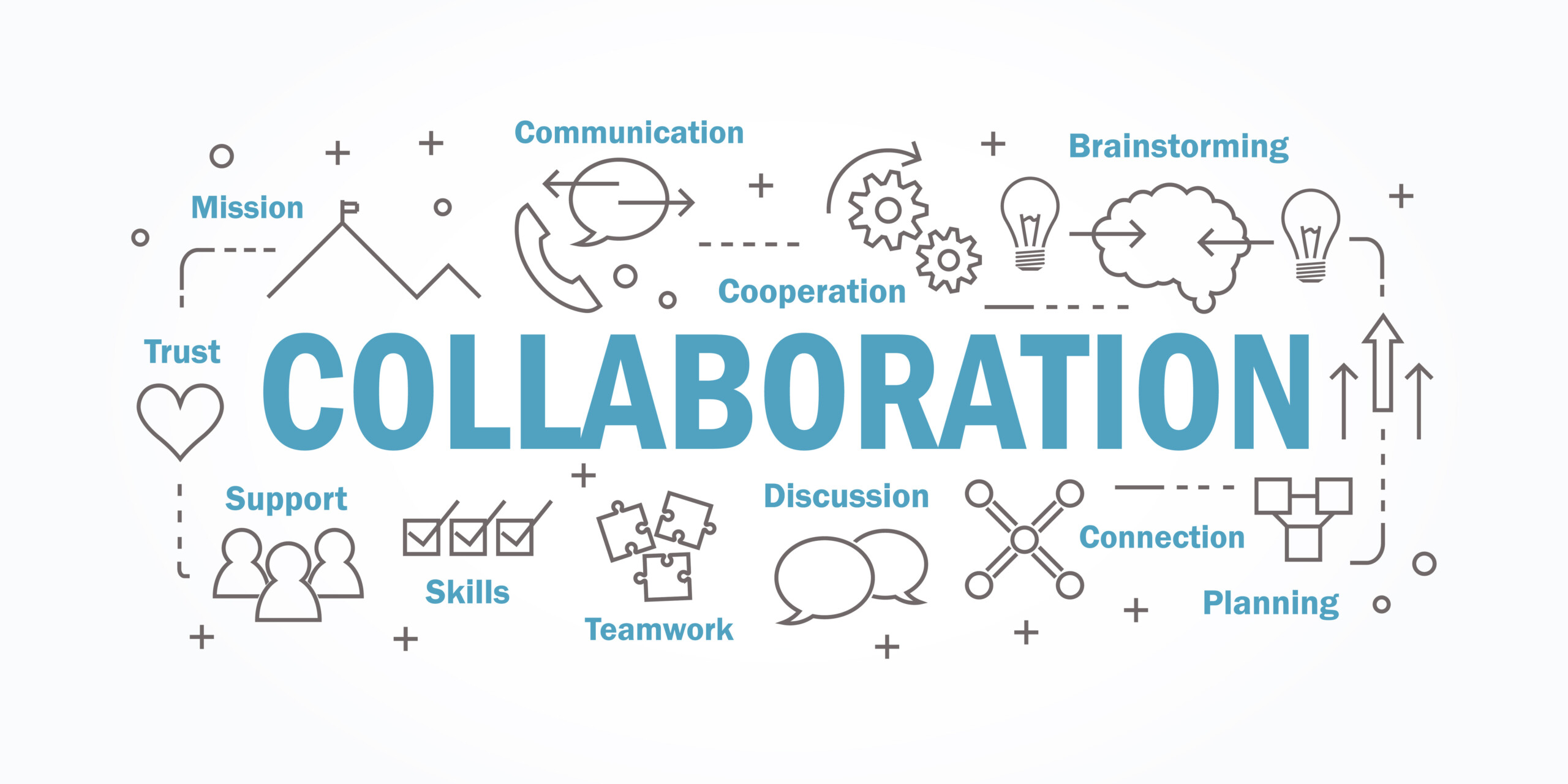Why has organizational transformation always been a challenge? Don’t we get it by now? Are there really that many new theories to place into practice? How many more books, articles, and webinars do we need in order to “get this transformational work right?”
We know that generally, the larger the company, the more difficult the transformation process will be. But people are people, emotions are emotions, leaders stay and leaders go. We’ve read the classics, we’ve packaged their pearls of knowledge, and yes, in many cases, we’ve even effectively communicated or educated leaders and organizations on these important intergenerational truths. But the reality is that the macro-business environment has increased the incline on the treadmill and accelerated the speed of corporate life today…to the point where we’re tempted to “skip” the basics to keep up with the work. Or, to take for granted the organizational truths of those who’ve led the field before us.
Guess what? We’ve got to go back to basics. We must remind ourselves of the laws of change management success that have catapulted us this far in our field. It is critical to keep asking the question, “What has to happen with the change leadership practices of the past to ensure our success in leading change today?”
This article benefits new and experienced change management professionals because it brings us back to what mattered twenty years ago and lifts us up to explore new applications of those thoughts today. Readers will value the pearls of the past and explore the gems of the future as the thought leaders below bring the realities of change leadership and organizational transformation into perspective for us today.
Jon R. Katzenbach, 1996. Real Change Leaders
“Real change leaders are seldom found in executive suites. Though top-level involvement is essential to organizational change, the real change leaders (RCLs) who affect how the majority of people perform come from the ranks of middle and frontline managers…
Change demands time, hard work, and perseverance. RCLs need to believe that their leaders will stick at it even when the going gets tough. Top management cannot declare victory early and expect to motivate its RCLs. The organization — change leaders included — can all too easily misinterpret senior executives’ intentions.
Consistent reinforcement of the main themes of change is vital to RCLs down the line. It is the one means they have of knowing and showing their people that top management is committed for the long haul. RCLs press senior executives to strive to create change leadership opportunities. If we are to build the skills that change demands, we need on-the-job exposure to a wide range of problems. Books and classrooms are no substitute.”
Dean Anderson and Linda Ackerman Anderson, 2001. Beyond Change Management
“Over the past decade or so, these struggles have given rise to the field of change management. For the most part, change management practitioners have attempted to provide solutions to two major problems — how to plan better for implementation and how to overcome employee resistance. However, these two necessary components of change have not produced adequate positive results, especially for transformational change. Why? Because attention to implementation and resistance is only the tip of the iceberg of what is required in transformation. It is now time to move beyond change management into change leadership, now time to develop the advanced change strategies that support this new type of change.
Leaders in need of change assistance have always been a window of professional opportunity for organization development (OD) and change management consultants. However, for the most part, these practitioners have not been as effective at providing the necessary support and guidance to organizational leaders as is necessary for transformational change. Put bluntly, most change consultants need to expand their awareness, skills, and approaches to leading transformational change as well.”
John Kotter, 2011. Change Management vs. Change Leadership — What’s the Difference?
“There is a difference that is very fundamental, and it’s very big, between what is known today as “change management” and what we have been calling for some time “change leadership.” The world basically uses change management, which is a set of processes and a set of tools and a set of mechanisms that are designed to make sure that when you do try to make some changes, (A.), it doesn’t get out of control, and (B.), the number of problems associated with it — you know, rebellion among the ranks, bleeding of cash that you can’t afford — doesn’t happen. So it is a way of making a big change and keeping it, in a sense, under control. Change leadership is much more associated with putting an engine on the whole change process, and making it go faster, smarter, more efficiently. It’s more associated, therefore, with large-scale changes. Change management tends to be more associated — at least, when it works well — with smaller changes.”
Related: Due Diligence in a Change Management Project
LaMarsh Global, October 2013. Swimming Upstream Part 2: Top 3 Problems Leaders Face With Change Resistance & What to Do
“Too often leaders aren’t aware of the fact that employees don’t have the information and support they need. One reason for this is that they are often isolated from any agitation that employees might be feeling regarding the change. Leaders may even go home at night confused and frustrated. Why isn’t the change going faster? What’s holding it up?
Nobody is telling them what specific resistance issues are being generated for which specific groups of people. Why not? First, there is no systematic way to gather that data and assess the resistance sources and to what degree. And second, many organizations have a culture of filtering out bad news. By the time it gets to senior management, the hard data is sifted out and only vague generalities are left.
Leaders need to not only be effective business leaders, but effective change leaders as well. Undoubtedly, it takes a concentrated effort to be a good sponsor of change. It is a skill to be learned. The single most important lesson to remember is that resistance to change makes sense from the perspective of the individual who is impacted. The ability to see the change from that perspective is key to good change leadership.
Related: Context and Conversation — Two Effective and FREE Tools to Use During Change Initiatives
Rebecca Newton, 2016. Change Efforts Can Fail Unless They’re Coordinated
“We need to focus as much on how we drive change as what change we drive. Research we conducted at the London School of Economics suggests that resistance to change stems often from a negative experience of change leadership, rather than resistance to the change itself.
We know that for change to be successful, we as leaders need to communicate and engage with our teams. What’s often missing is how we communicate and engage with each other as change leaders. The reality of organizational life is that multiple, significant changes are happening simultaneously. Effective change leadership requires coordinating efforts and priorities across the organization.”
So what do you think? What is new and what is true? How do your current change leadership practices hold up? Where are these opportunities to adjust and improve? What really matters to you in leading or guiding change?









